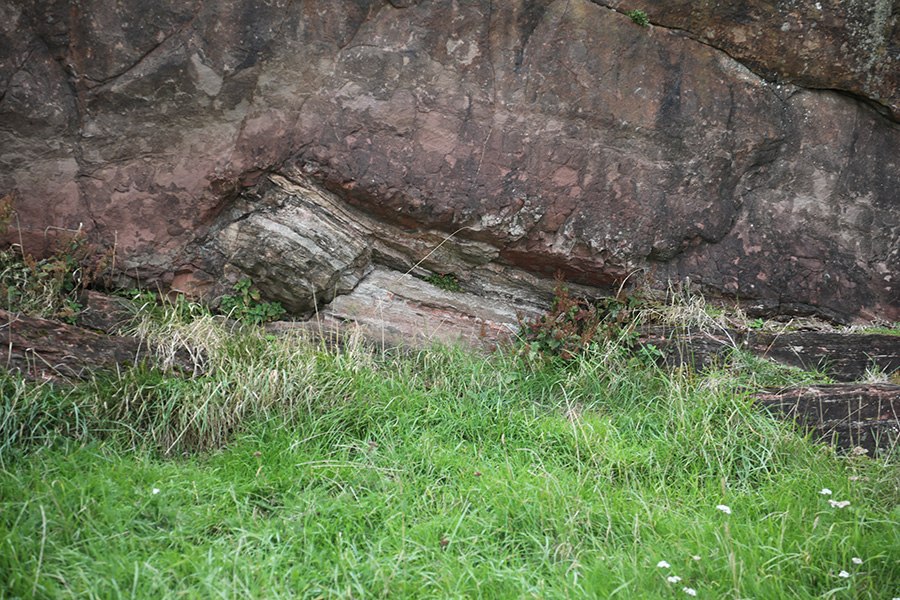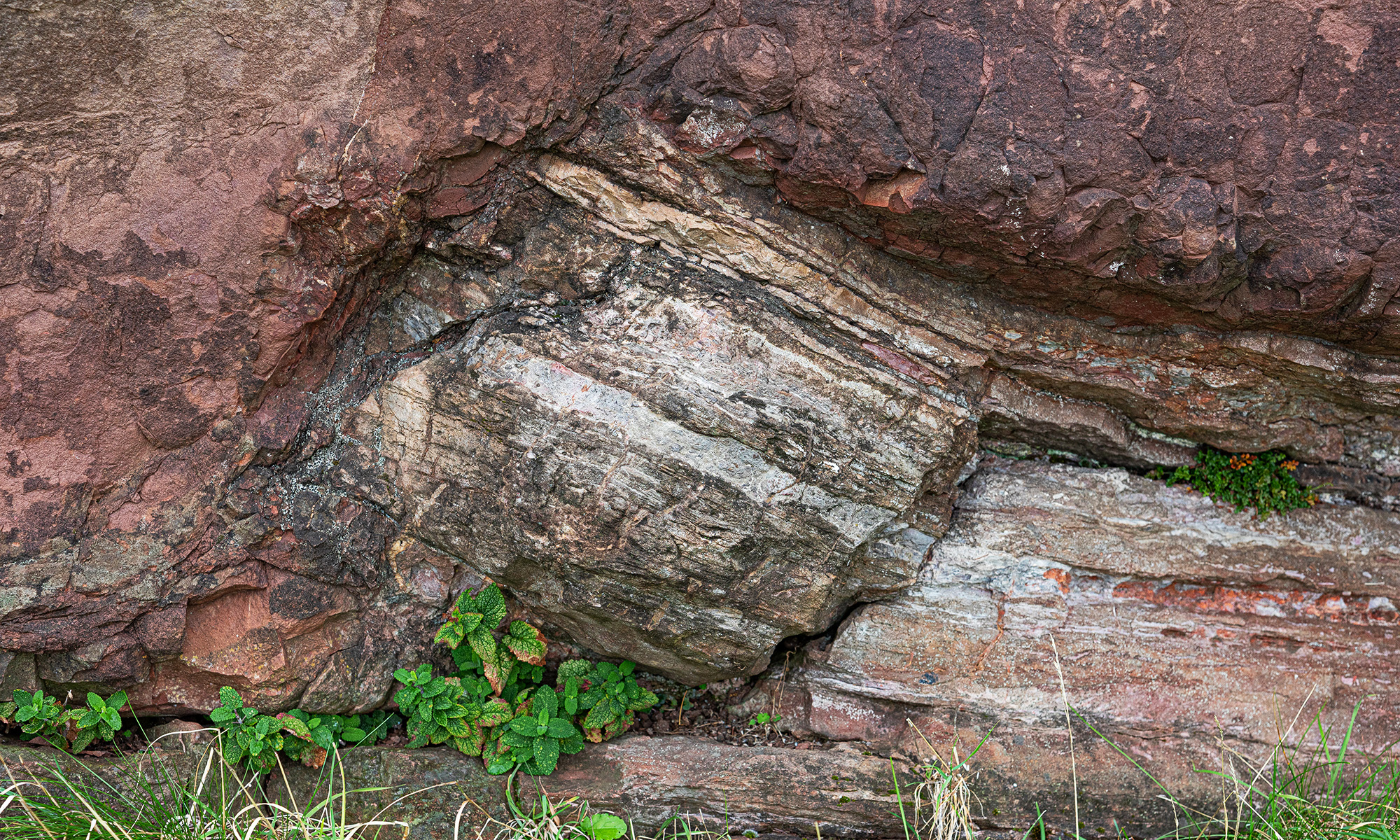Time we may comprehend, ’tis but five days elder than ourselves.
Thomas Browne, Religio Medici, 1643.
If the Eiffel tower were now representing the world’s age, the skin of paint on the pinnacle-knob at its summit would represent man’s share of that age…
Mark Twain, ‘Was the World Made for Man?’, 1903.
Two contrasting viewpoints separated in time. Thomas Browne, writing in 1643 expressed the accepted view of a young Earth, barely a few thousand years old. Three centuries later the world view had changed and writers, such a Mark Twain in 1903, made use of analogy to convey immensity beyond our ability to comprehend.
Between the years 1790 and 1840 a revolution took place, that far from being newly created, the Earth was ancient far beyond our own brief existence. This revolution was the discovery of what we now call ‘Deep Time’.
The evidence is written in rocks and it was largely down to painstaking thinkers and observers, the early practitioners of what we now call geology, that the story has been discovered. My own work is partly inspired by geology and so it was appropriate, during a recent trip to Edinburgh, to visit one of the sites where a small part of the story was uncovered. This is Hutton’s section, located at Salisbury Crags, overlooking the city. Here James Hutton (1726-1797) observed the rocks and made an important contribution to the developing understanding of Earth’s processes.


Hutton’s section
The prevailing understanding of the Earth before the deep time revolution was that of an initial creation of mountains followed by a steady and unbroken process of erosion into sediment carried by rivers to the sea. It was a one-way process of decline.
The crags above Eginburgh require a different interpretation. James Hutton had proposed a different model of the Earth, and it was here, and in other locations in Scotland, that he gathered the evidence to support his ideas.
There are two types of rock here. The lower rock is of sedimentary origin, showing bedding planes, evidence of gradual deposition under water. The upper is very different, it shows unmistakeable signs of having been molten when emplaced. It has forced its was along the bedding planes and detached a part of the rock underneath. Further, the contact region shows the sediments to have been altered by the intense heat of the molten rock.
This cannot be reconciled by continuous erosion: a younger rock lying on top of an older and forming from a molten state. This is a story of change and renewal; it was the start of our modern understanding of the Earth’s processes.

